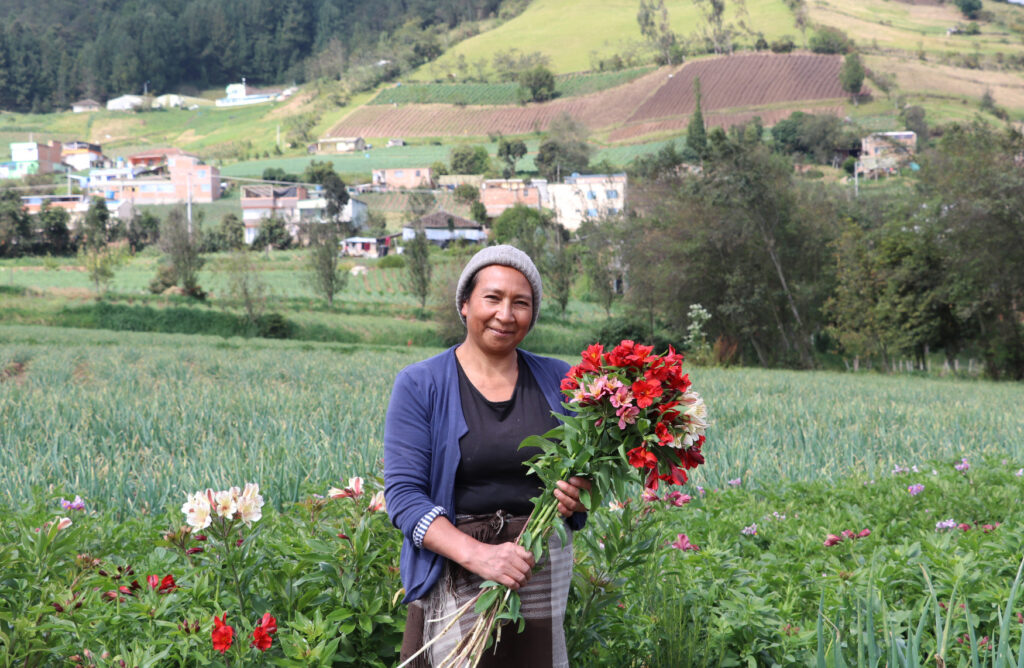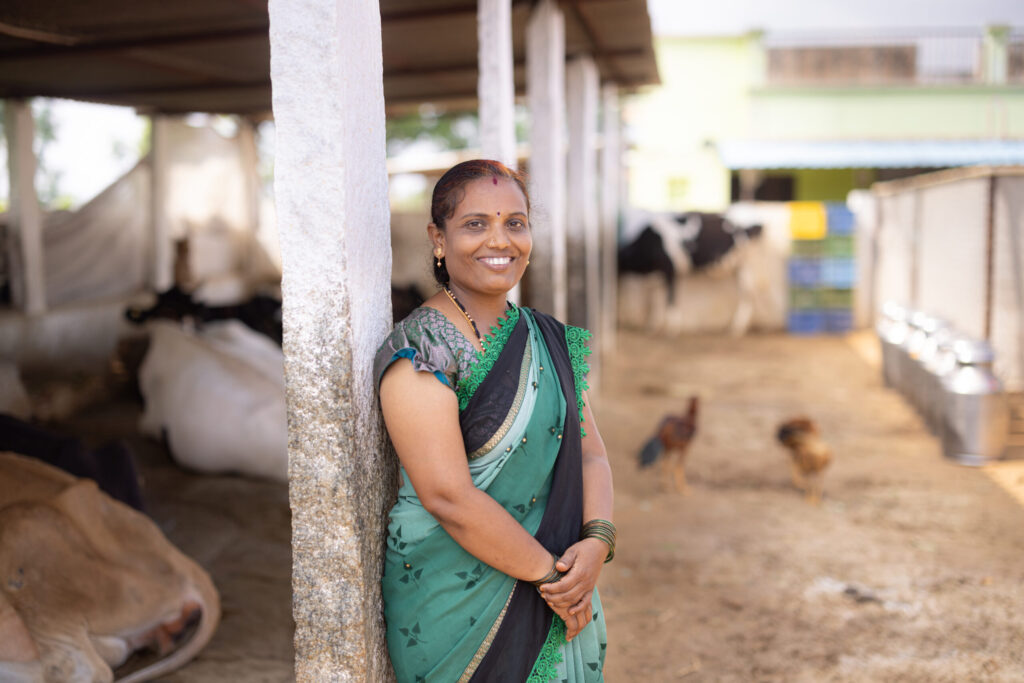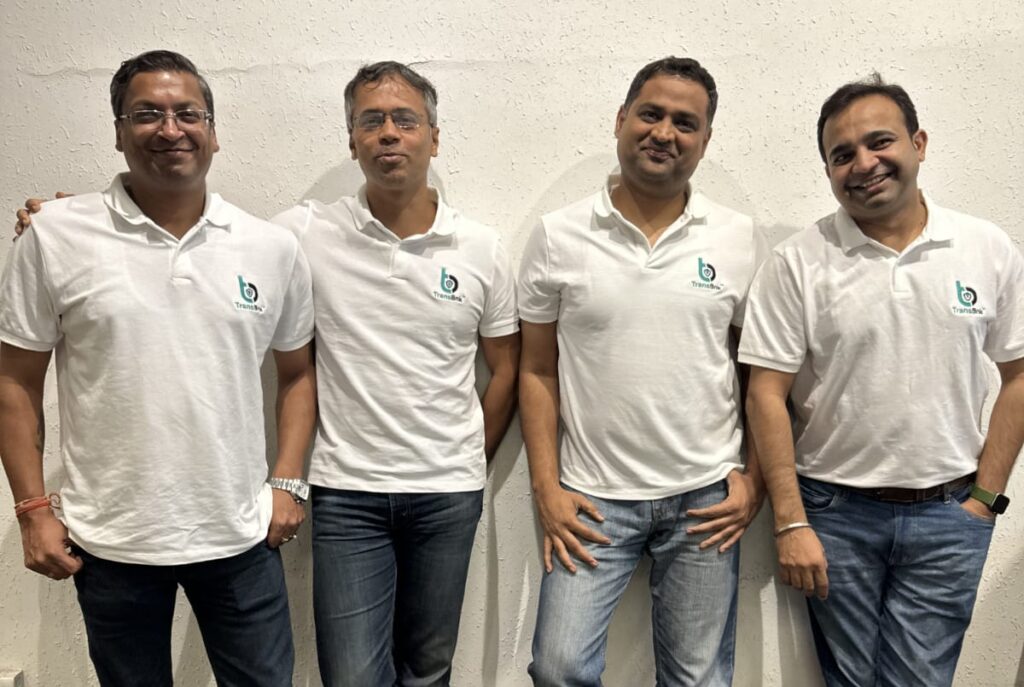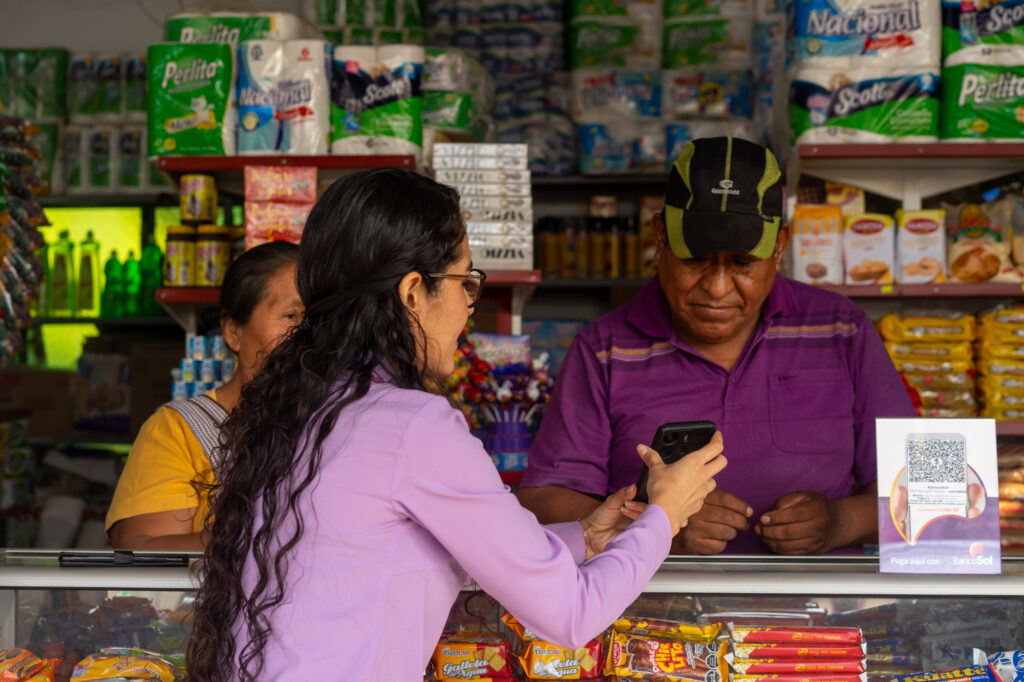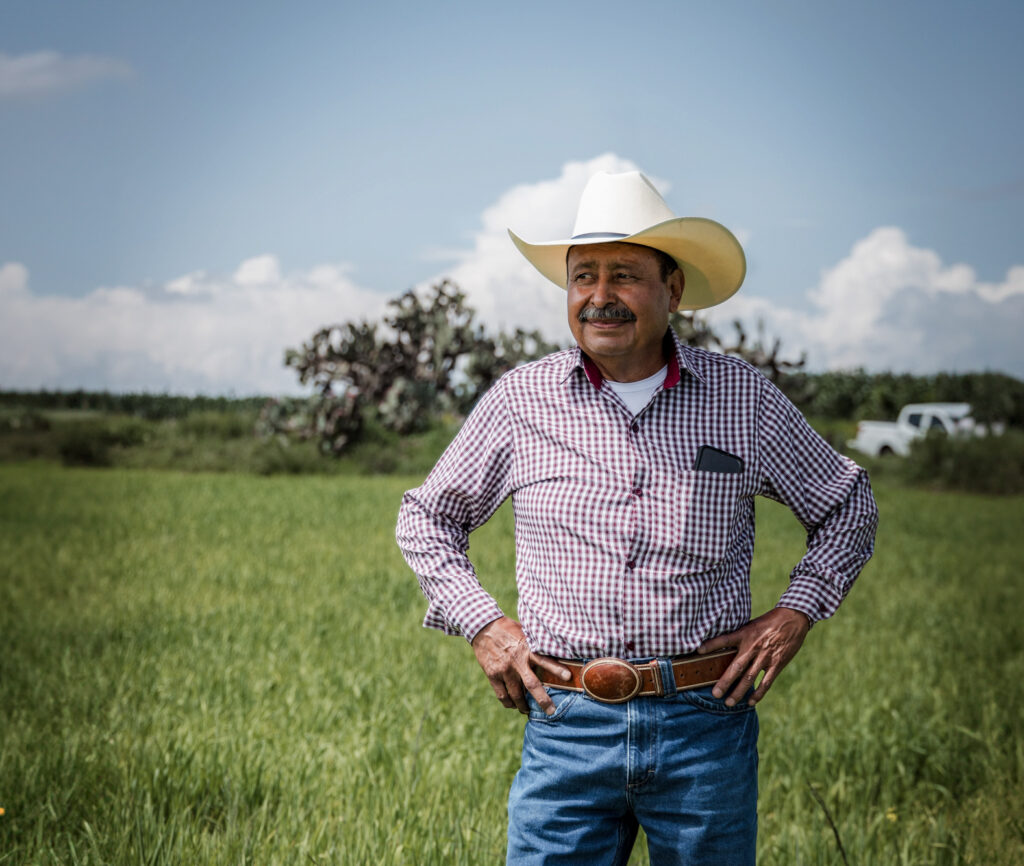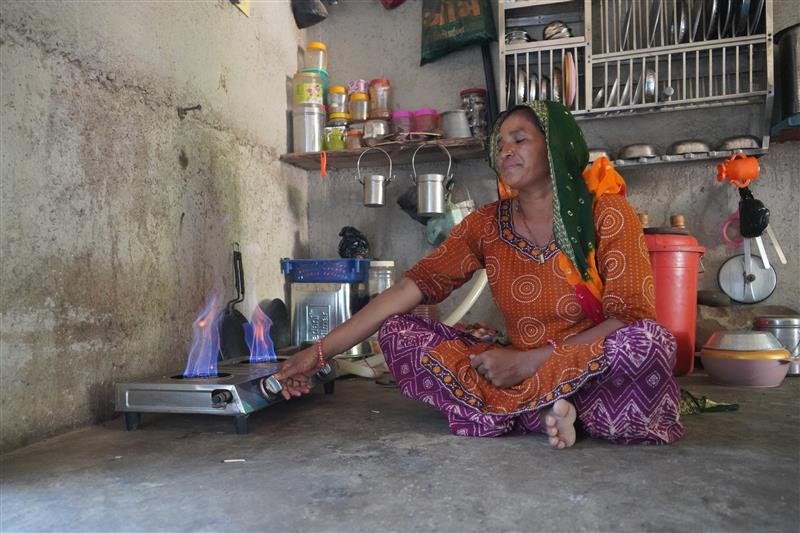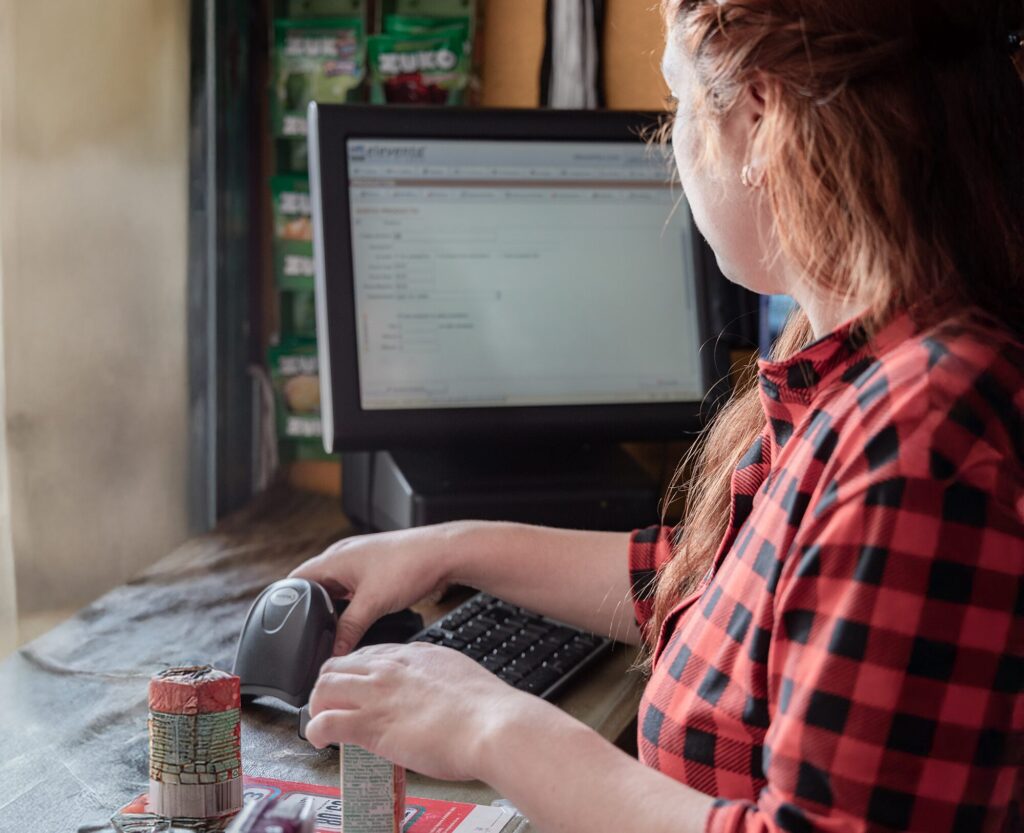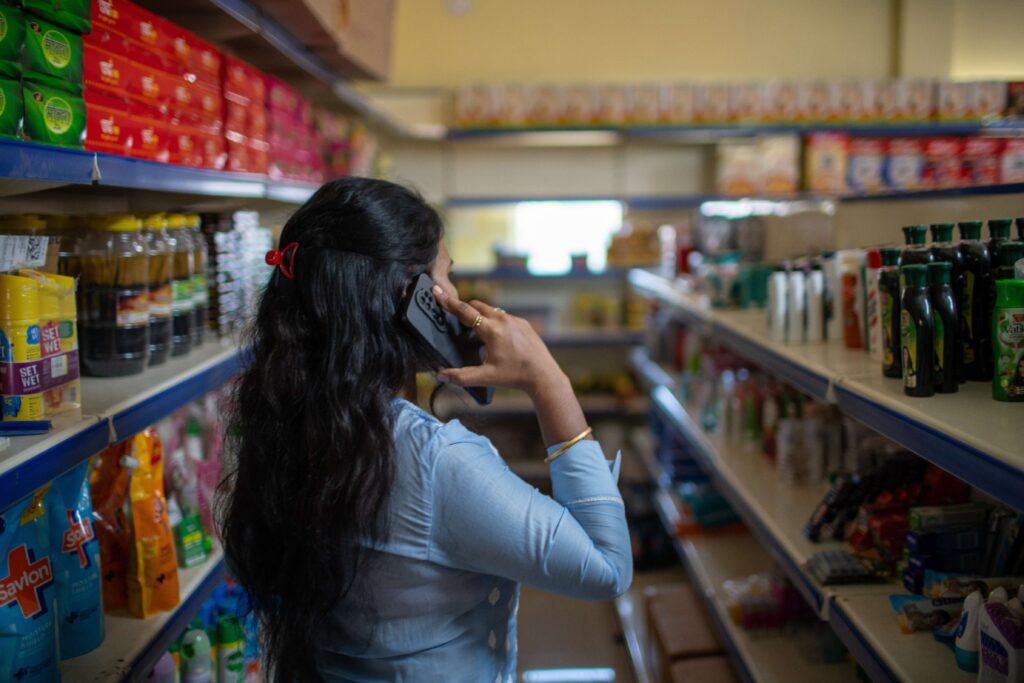
Leaders around the world are seeing the critical role of digital public infrastructure (DPI) in creating a fair and inclusive global economy.
Last week, through an initiative of the UN, a group of countries, leaders, philanthropies, and multilateral organizations pledged their support to build safe and inclusive DPI for 100 countries by 2030. And earlier this month, at the G20 summit in New Delhi, all twenty countries agreed to a framework on the development, deployment, and governance of DPI for their citizens.
This is a big deal! By facilitating trusted identification systems, quick and easy payments, and the secure exchange of data, DPI forms a vital foundation for digital and financial solutions. This can help reduce poverty, build resilience, and open opportunity for all. Greater international cooperation on DPI can ensure this foundation is made quickly and fairly—and with respect for the rights, privacy, and unique needs of the most vulnerable people.
What is digital public infrastructure?
As Thao Hong of the Bill & Melinda Gates Foundation explains, DPI enables countries to safely and efficiently deliver economic opportunities and social services to citizens through digital channels. Just like roads connecting people and businesses, DPI creates a network for delivering digital services. Accion and our financial service provider partners can build on this foundation to provide underserved people with responsible credit, savings, insurance, and other financial tools they need to thrive.
India’s open-source DPI, also known as the “India Stack” has enabled the country to provide biometric ID’s to nearly all the country’s adults through the Aadhaar system. Now the world’s largest biometric identity system, Aadhar is central to delivering government services, reducing corruption and fraud, providing secure financial services, and increasing tax revenue. While the government works to secure Aadhaar from evolving threats, the system is helping more citizens send and receive quick payments through the Aadhaar Enabled Payment System and United Payments Interface (UPI).
Another key component of the India Stack, UPI now leads the world in transaction volume, accounting for an incredible 40 percent of all global transactions and generating 10 billion transactions in August 2023 alone. That’s more transactions than people on Earth—and it’s remarkable progress for a country that relied on cash for 90 percent of transactions only a few years ago. Meanwhile, according to the most recent Global Findex, India’s financial account ownership has more than doubled over the past decade, from 35 to 78 percent of all adults, and its gender gap in account ownership has effectively vanished.
Why invest in digital public infrastructure?
More countries around the world are building their DPI to expand economic opportunity. As leaders consider how best to achieve progress, the evidence is clear that these investments can create a more inclusive financial system, equip more people with the tools they need to thrive, and build a more sustainable and inclusive world for future generations:
Unlocking inclusive growth
As Bhaskar Chakravorti points out in Harvard Business Review, digital IDs alone can unlock economic value equivalent to 3 to 13 percent of GDP, while emerging economies can see an improvement of 6 percent of GDP on average. DPI can also boost economic activity as excluded populations enter the formal financial system. For example, in Brazil, the central bank’s cost-free Pix payment system now accounts for over a third of all digital transactions, and Cambodia is achieving similar progress through its Bakong digital currency and efforts to digitize government services.
Strengthening government resources
Developing economies around the world are facing a worsening debt crisis, which is slowing progress toward achieving the UN’s 2030 Sustainable Development Goals. While investing in DPI creates new expenses and logistical challenges in the short term, in the long term, DPI allows countries to responsibly build revenue, and ultimately provide their citizens with more trusted and comprehensive services.
Building climate resilience
As more communities confront extreme weather events due to climate change, their governments may turn to cash transfers to support recovery and resilience. In Malawi, for example, digital cash transfers provide relief to farmers and their communities during severe droughts, and in Thailand, farmers can receive fertilizer subsidies to an account linked to their national ID.
The pandemic revealed how DPI dramatically boosts the efficiency of cash transfers: of the 166 governments that launched cash-transfer programs during the pandemic, those with some stage of DPI (like Togo) reached an average of 51 percent of their populations, while those without reached only 16 percent. And cash transfers are only one way in which DPI supports climate resilience. DPI also facilitates the exchange of climate data, opens access to carbon markets, enables smart energy networks, and more.
To maximize opportunities, remember the risks
Building DPI comes with several challenges for governments—and for historically underserved populations who’ve long been shut out from economic opportunities.
DPI requires significant public investment, which may prompt countries facing fiscal crises to turn to the private sector for help in deployment and implementation. Public-private partnerships can create valuable efficiency and innovation, but they can also risk invading privacy and shifting the cost burden onto consumers, and making basic digital and financial services inaccessible to low-income communities. On the other hand, without solid institutional safeguards, government-led approaches also risk abusing citizens’ data for surveillance, censorship, or political retribution.
DPI also goes hand-in-hand with access to the internet, which is still lacking or nonexistent in many places around the world. To ensure vulnerable groups—including small businesses, smallholder farmers, and women—aren’t left behind as more services go digital, governments and the private sector must work together to create broader, more equitable access to the internet and devices needed to access it.
As more digital tools, including those using artificial intelligence, proliferate on the rails of DPI, we must work to make sure that innovation bridges divides, instead of deepening them, and that the needs of vulnerable populations are prioritized in the journey to a more connected and inclusive digital future.
